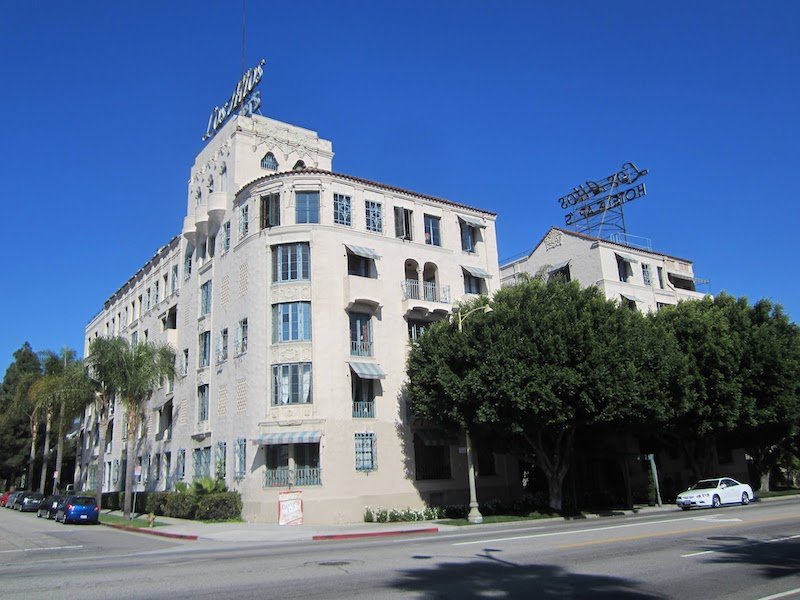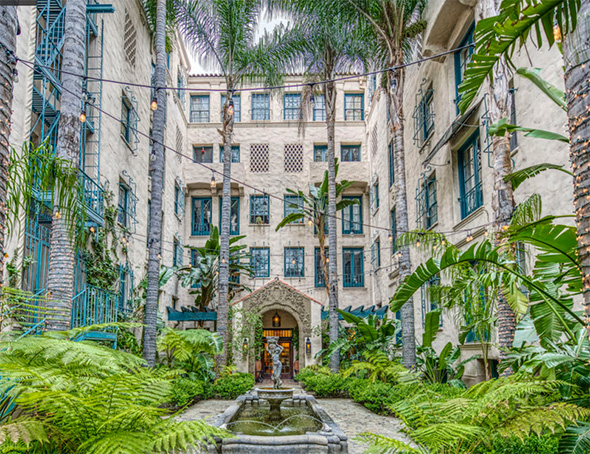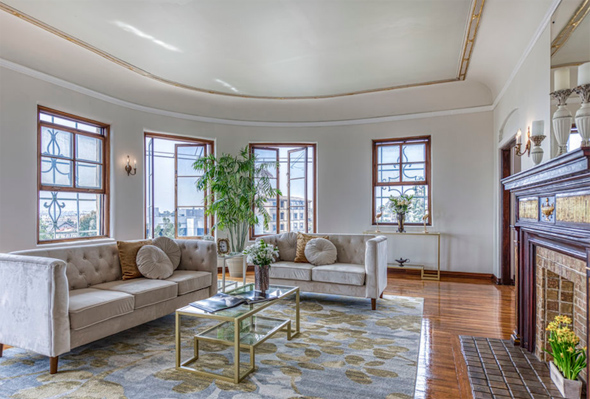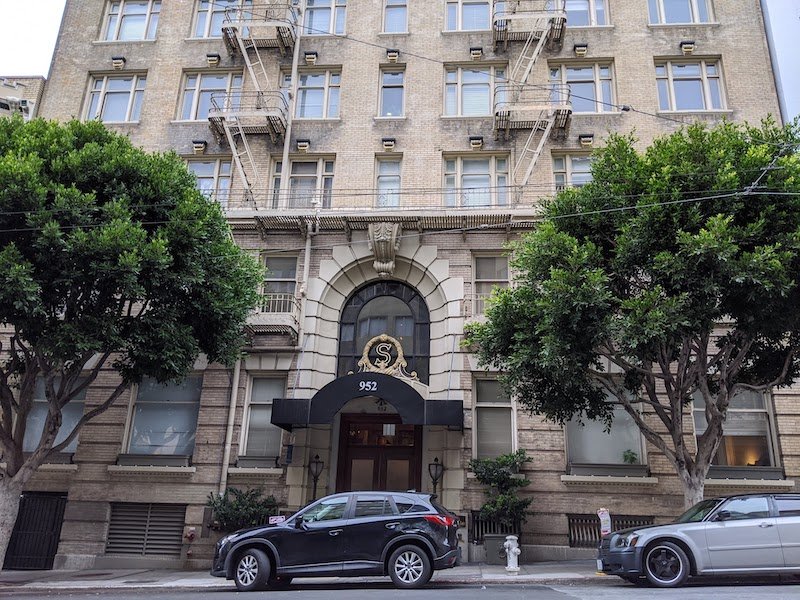
I recently enjoyed a podcast where the two hosts engaged in a bit of banter about real estate. One had gradually purchased a few homes in a row along the same street and compared them to the little houses in the game of Monopoly. The other asked if he was going to put up hotels next. That got them on the topic of “missing middle” housing and how there were no apartment buildings in Monopoly. Their conversation reminded me of how both society and terminology have changed over the last century since that particular board game was first introduced in the 1920s.



Back in the 1980s I was in my teens and living in the Los Altos on Wilshire Boulevard in Los Angeles. It was a five bedroom six bath apartment with a motley collection of roommates including a couple of aging drag queens and a few rent boys. In its heyday our unit was the love nest of silent movie actress Marion Davies who had been the mistress of newspaper magnate William Randolph Hearst. Other Hollywood notables such as Clara Bow, Mae West, Bette Davis, and Judy Garland once occupied the building.
By the time I lived there both the building and neighborhood had declined significantly which is why it was affordable and populated by questionable characters like myself. I made a quick return visit once in middle age, chatted with the building manager, and was pleased to see the building had been thoughtfully renovated. I was also more than a little scandalized that studio apartments in the building were now renting for $3,100 a month. The pendulum of fashion and finance swings back and forth. Wait long enough and everything comes full circle.
So, here’s the thing… The Los Altos was built as a residential hotel. People would live full time in such buildings and enjoy maid service and other amenities as if it were a short term luxury resort. This arrangement was common in every decent sized city in America at one time. The distinction between a hotel and an apartment building was blurry. Those hotels from the Monopoly game were understood at the time to be rental apartments.

Here in San Francisco there are (or were) hundreds of such residential hotels including The Steinhart on Sutter Street. They catered to an upscale clientele and were located in the best neighborhoods. A few comparable buildings currently promote themselves as “corporate” housing with the implication that they offer medium term accommodations for well heeled professionals with generous expense accounts. But most of these buildings converted to condominiums or full time rental apartments over the years as the hotel aspect was phased out.
Slightly further down the class ladder were accommodations for professional workers often specializing in particular occupations. The theater district near Union Square as well as Civic Center around the symphony hall were peppered with residential hotels for performers, musicians, and stagehands. Some people occupied them temporarily while on tour, but many others lived there for years.
Read the rest of this piece at Granola Shotgun.
Johnny Sanphillippo is an amateur architecture buff with a passionate interest in where and how we all live and occupy the landscape, from small rural towns to skyscrapers and everything in between. He travels often, conducts interviews with people of interest, and gathers photos and video of places worth talking about (which he often shares on Strong Towns). Johnny writes for Strong Towns, and his blog, Granola Shotgun.
Photo: William Warby via Flickr under CC 2.0 License.












